If you’ve ever planted squash, you know how fast and vigorous these plants can be. But if your past squash gardens have been more vine than veggie, this is your year to turn things around. With the right care, planning, and a few clever techniques, you can transform your garden into a squash-producing powerhouse.
These 15 practical tips cover everything from soil preparation and watering techniques to space-saving strategies and pollination hacks. Whether you’re growing zucchini, butternut, acorn, or spaghetti squash, these tricks will help you boost yields, reduce pest problems, and grow healthier, more productive plants.
Select the Right Variety
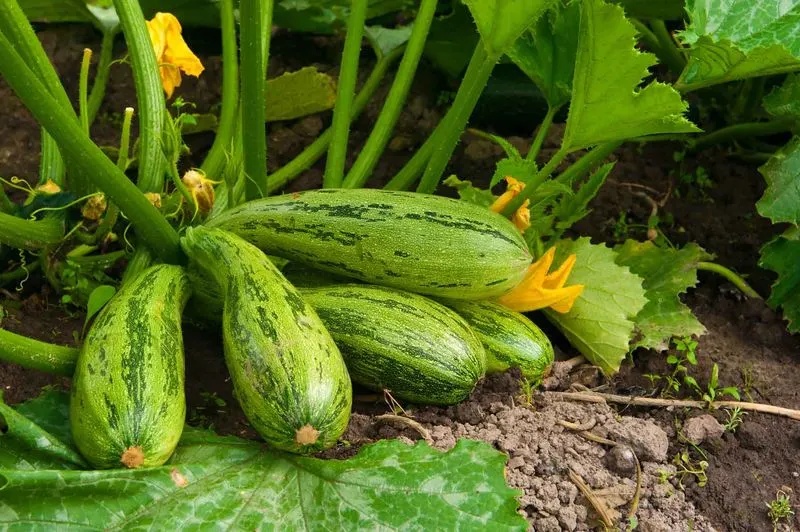
Choosing the right squash variety is crucial. Consider your climate and available space. For instance, bush varieties like zucchini work well for smaller gardens, while sprawling types like butternut need more room. Each type of squash has unique growing requirements and harvest times, so research beforehand. Selecting a variety that suits your taste and garden conditions increases the odds of a successful harvest. Keep in mind that some varieties are more resistant to pests and diseases. By making an informed choice, you set the foundation for a flourishing squash garden. Happy planting!
Prepare the Soil
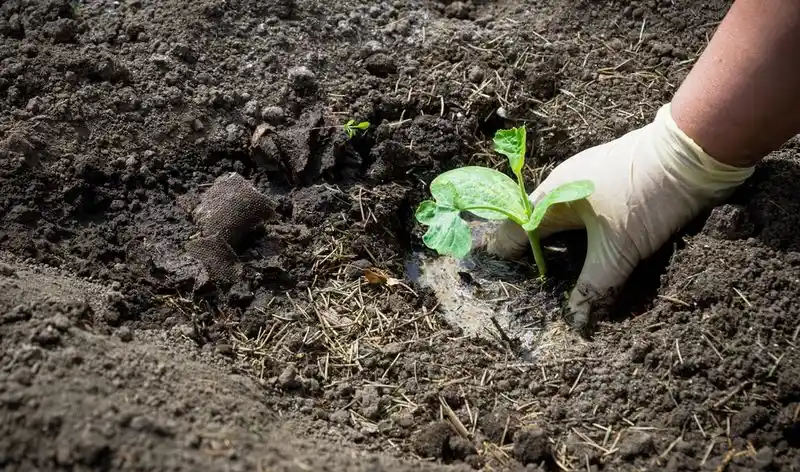
Healthy soil is the backbone of a productive garden. Start by testing your soil’s pH and nutrient levels. Squash thrive in slightly acidic to neutral soil, ideally with a pH of 6.0 to 7.5. Amend the soil with compost or well-rotted manure to enrich it with essential nutrients. Ensure good drainage to prevent root rot. Loose, well-draining soil allows squash roots to expand and access nutrients effectively. A well-prepared soil bed supports robust plant growth and abundant yields. Investing time in soil preparation pays off with a bountiful squash harvest.
Plant at the Right Time
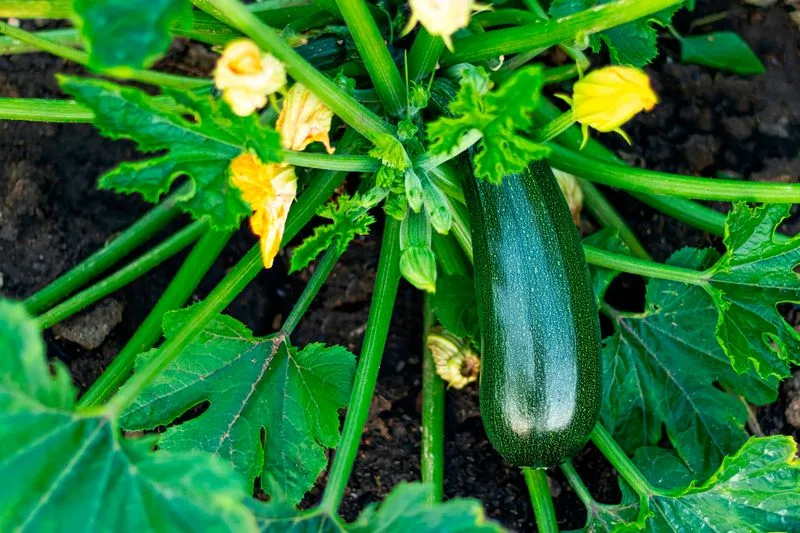
Timing is everything in gardening. Plant squash seeds outdoors after the last frost date in your area. Squash prefer warm soil, so waiting until temperatures reach at least 60°F is crucial. In cooler climates, consider starting seeds indoors and transplanting later. This head start can lead to earlier harvests. Mark your calendar with planting dates to ensure you don’t miss the ideal window. Adjust your planting strategy based on your local weather conditions, and your squash plants will have a strong start to the growing season.
Space Plants Adequately
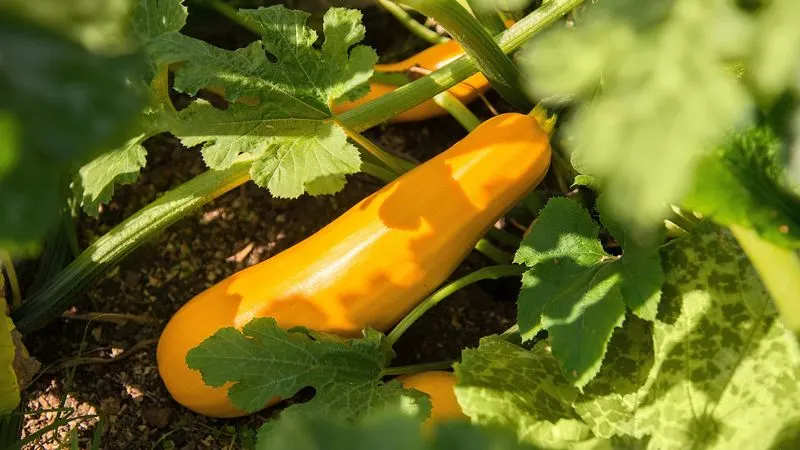
Proper spacing is key to healthy squash plants. Overcrowding leads to competition for nutrients and increases the risk of disease. Space bush varieties about 3 feet apart, while vining types need up to 6 feet between plants. Adequate spacing allows for air circulation, reducing the risk of fungal infections. Additionally, well-spaced plants receive more sunlight, promoting vigorous growth. When planning your garden, consider the mature size of each squash plant to avoid future crowding. A thoughtfully laid-out garden fosters robust and productive squash plants.
Water Wisely
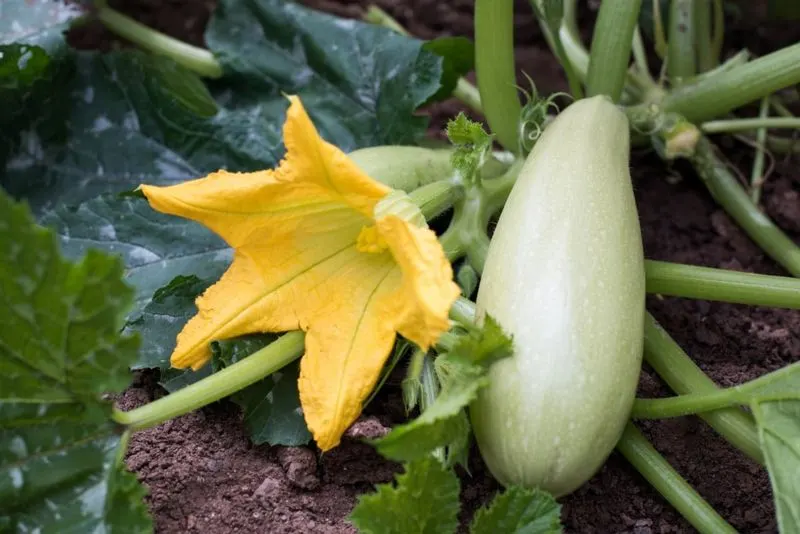
Watering is a crucial aspect of squash care. These plants require consistent moisture, especially during flowering and fruiting. Water deeply once or twice a week, depending on rainfall and temperature. It’s best to water early in the morning, allowing leaves to dry by evening, reducing the risk of fungal diseases. Avoid overhead watering; instead, direct water at the base of the plants. Mulching helps retain soil moisture and keep weeds at bay. By watering wisely, you promote healthy growth and a bumper squash crop.
Encourage Pollination

Pollination is essential for squash to set fruit. Encourage natural pollinators like bees by planting flowers nearby. Bright blooms attract these helpful insects, increasing pollination success. If pollinator activity is low, consider hand-pollinating using a small brush to transfer pollen from male to female flowers. This ensures a higher fruit set, especially in urban or enclosed garden spaces. By fostering a pollinator-friendly environment, you boost your squash garden’s productivity and enjoy a more fruitful harvest.
Control Pests Naturally
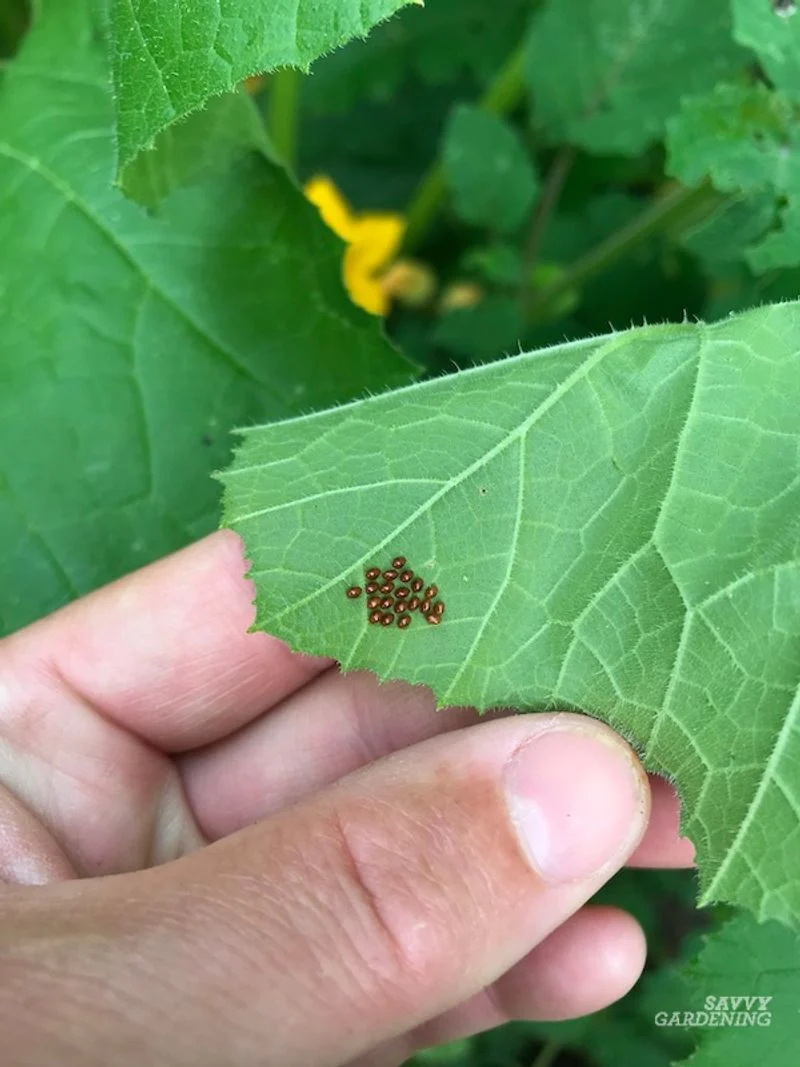
Pest control is vital for a thriving squash garden. Opt for natural solutions to minimize environmental impact. Introduce beneficial insects like ladybugs and lacewings, which prey on common pests like aphids. Regularly inspect plants for signs of pests, and remove any affected leaves. Companion planting with marigolds or nasturtiums can deter harmful insects. Homemade sprays, such as neem oil or garlic spray, can effectively manage pest populations. By employing natural pest control methods, you maintain a healthy and eco-friendly garden.
Support Growth with Trellises
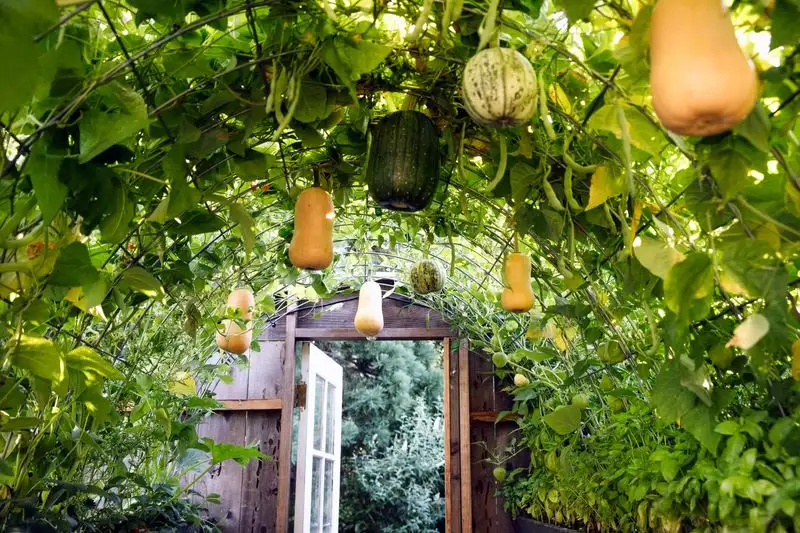
Supporting squash plants with trellises can maximize space and improve air circulation. This is particularly beneficial for vining varieties, which naturally climb and sprawl. A sturdy trellis keeps plants off the ground, reducing the risk of disease and pest infestations. It also makes harvesting easier, as fruits are more visible and accessible. Construct trellises using durable materials like wood or metal, ensuring they can support the weight of mature plants. Implementing trellises enhances your garden’s efficiency and aesthetics.
Fertilize Regularly
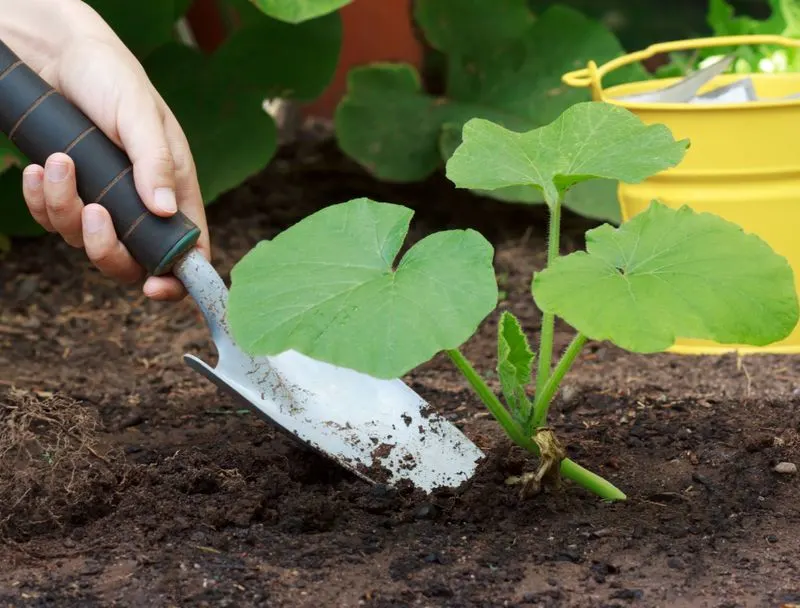
Regular fertilization provides squash plants with essential nutrients for vigorous growth. Begin with a balanced fertilizer when planting, then switch to a higher phosphorus content when flowering begins. This transition supports flower and fruit development. Apply fertilizers according to package instructions, avoiding over-fertilization, which can harm plants. Organic options like compost tea or fish emulsion are excellent choices for sustainable gardening. By maintaining a consistent fertilization schedule, you ensure your squash plants receive the nourishment they need for a bountiful harvest.
Rotate Crops Yearly

Crop rotation is a key strategy in maintaining soil health and reducing pest and disease buildup. Avoid planting squash in the same spot year after year. Rotate with crops like beans or peas, which replenish soil nutrients. This practice disrupts the life cycles of pests and diseases that target squash. Mark your garden plan each year, noting where different crops are planted. By rotating crops, you promote a balanced and resilient garden ecosystem, ensuring long-term productivity. This simple practice yields significant benefits over time.
Prune for Better Airflow
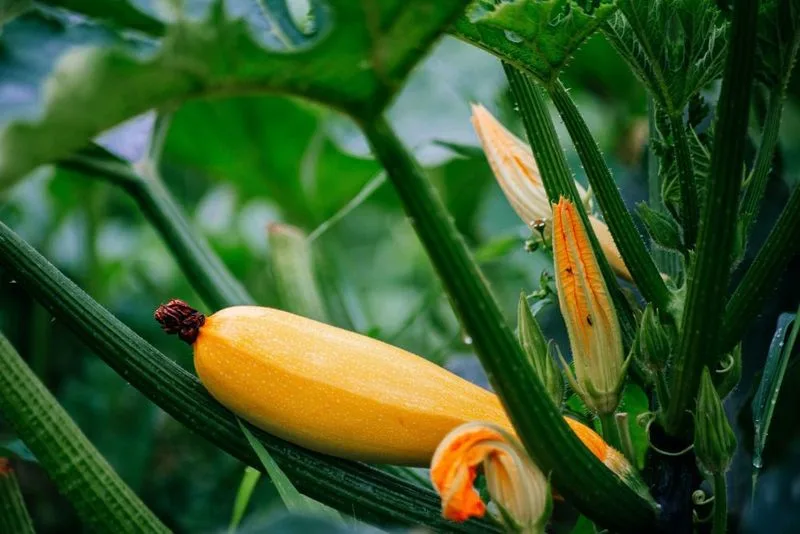
Pruning squash plants can improve airflow and sunlight exposure, essential for healthy growth. Remove excess foliage and any leaves showing signs of disease. This practice prevents overcrowding, reducing the risk of fungal infections. Pruning also directs the plant’s energy into producing fruit rather than excessive growth. Use clean, sharp tools to make precise cuts, minimizing plant stress. Regular pruning sessions help maintain plant health and encourage a more abundant harvest. Focus on strategic pruning to boost your garden’s productivity and vitality.
Mulch for Moisture Retention

Mulching is an effective way to conserve soil moisture and suppress weed growth. Apply a layer of organic mulch like straw, wood chips, or shredded leaves around squash plants. Mulch acts as a barrier, reducing evaporation and maintaining consistent soil temperatures. This stable environment supports healthy root development and minimizes water stress. In addition to moisture retention, mulch prevents weeds from competing with your plants for nutrients. By incorporating mulching into your garden care routine, you create optimal growing conditions for squash.
Harvest at the Right Time
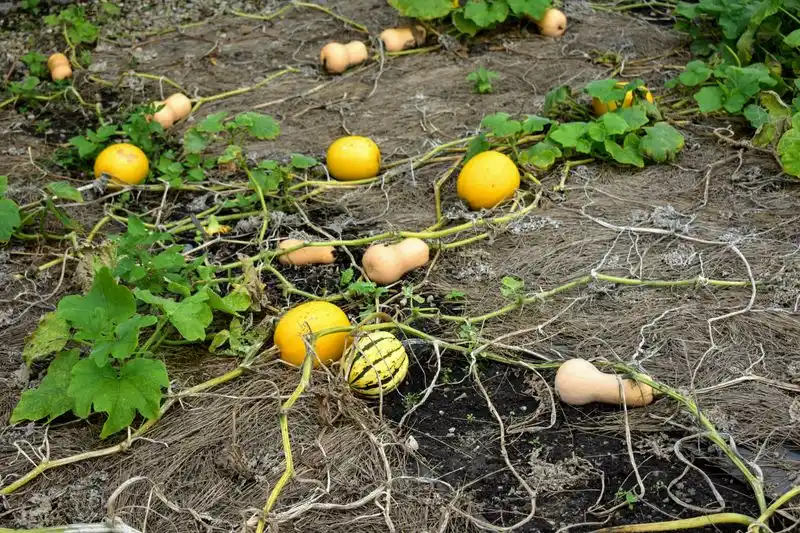
Harvesting squash at the right time ensures the best flavor and texture. Check for maturity by gently pressing the skin; it should be firm and glossy. Harvest summer squash when small and tender, while winter varieties are best picked when fully matured with hardened rinds. Use sharp pruning shears to cut the fruit, leaving a small stem attached to prolong storage life. Timely harvesting prevents overripening and encourages the plant to produce more fruit. Enjoy the fruits of your labor by picking squash at their peak.
Store Squash Properly

Proper storage extends the shelf life of your squash harvest. Summer squash should be refrigerated, maintaining freshness for up to a week. Winter squash, however, prefers a cool, dry environment, such as a basement or cellar, lasting for several months. Ensure good air circulation to prevent mold and decay. Regularly check stored squash for signs of spoilage, removing any affected ones promptly. By following proper storage techniques, you can enjoy your squash harvest well into the off-season, savoring their delicious flavors long after harvesting.
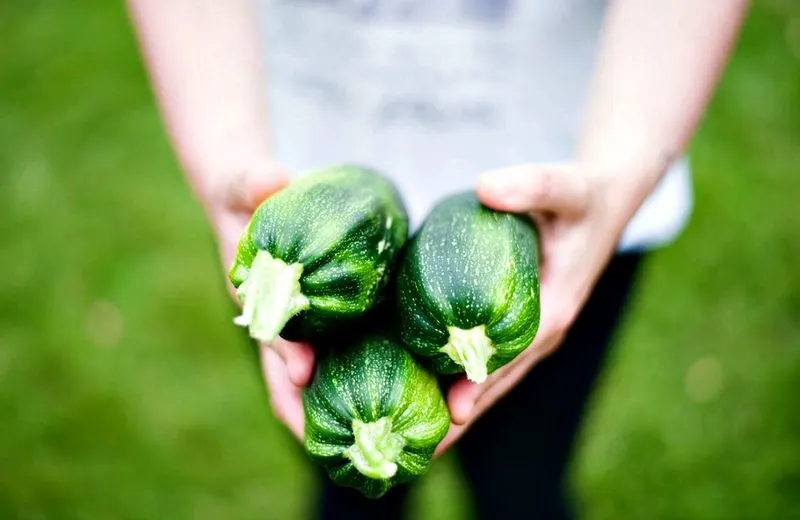
Sharing your squash harvest is a rewarding way to connect with others. Invite friends and family over for a squash-themed meal or share surplus produce with neighbors. Donating to local food banks is another thoughtful option. Sharing fosters community spirit and appreciation for homegrown food. It also provides an opportunity to exchange gardening tips and recipes. By spreading the joy of gardening, you inspire others to cultivate their own gardens. Celebrate your successful harvest by sharing the bounty, enriching both your community and your gardening experience.

